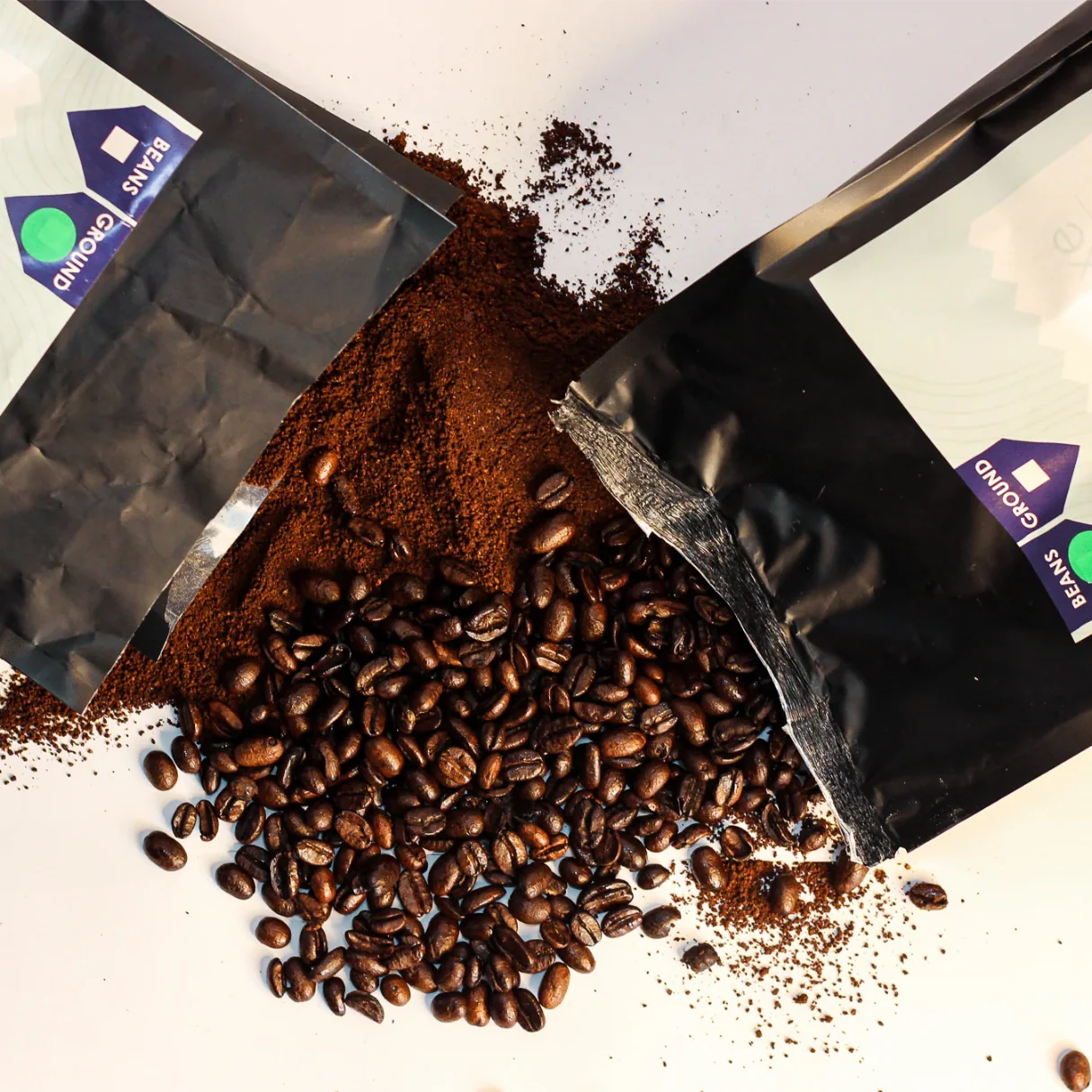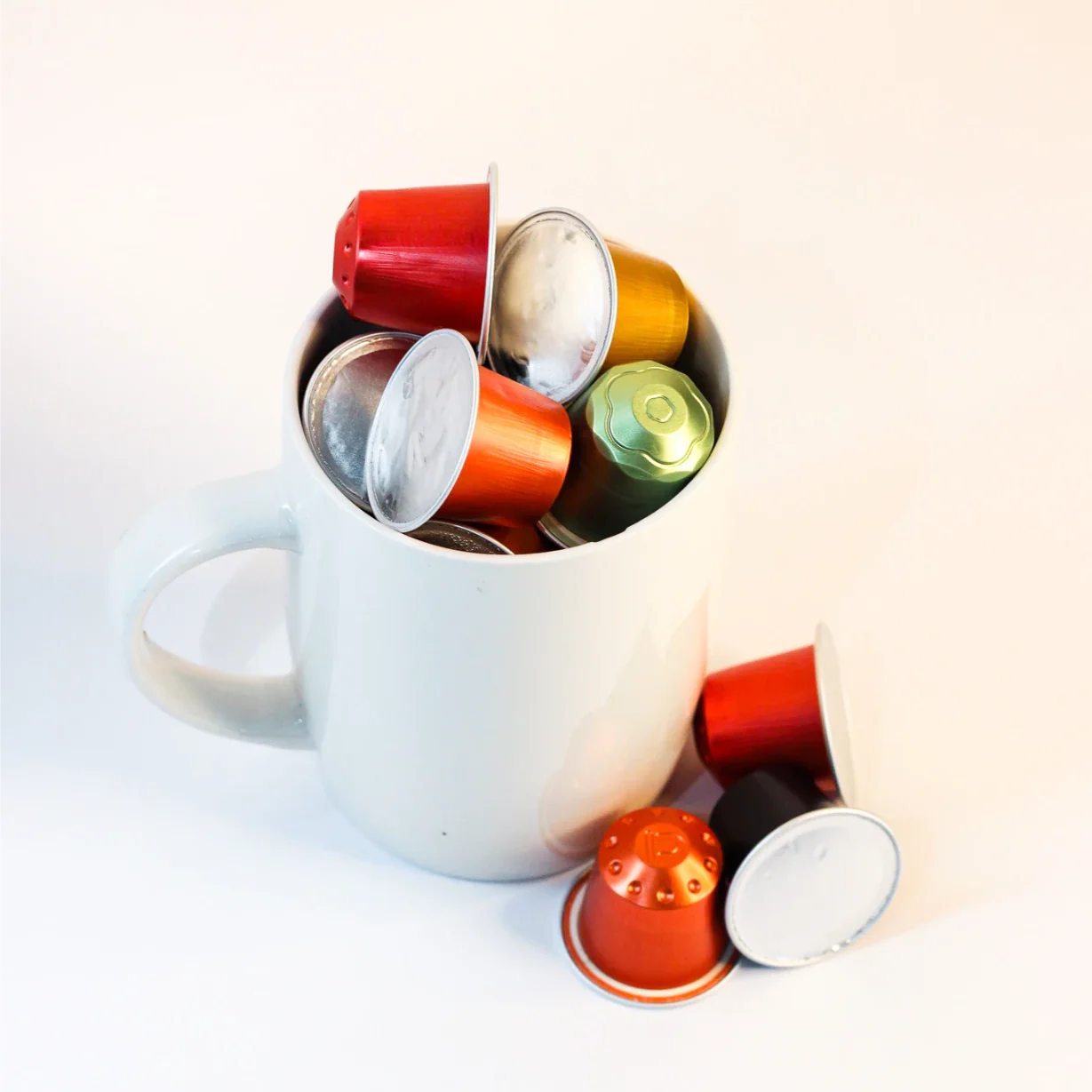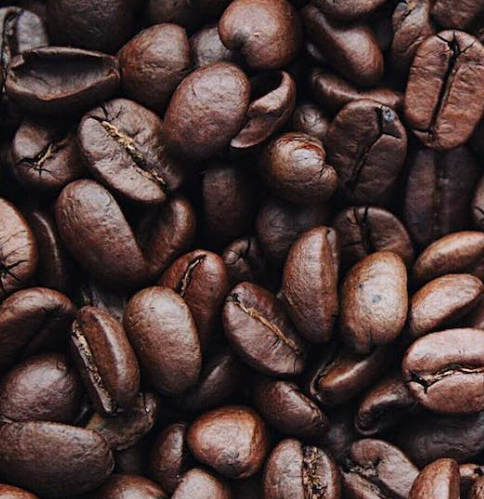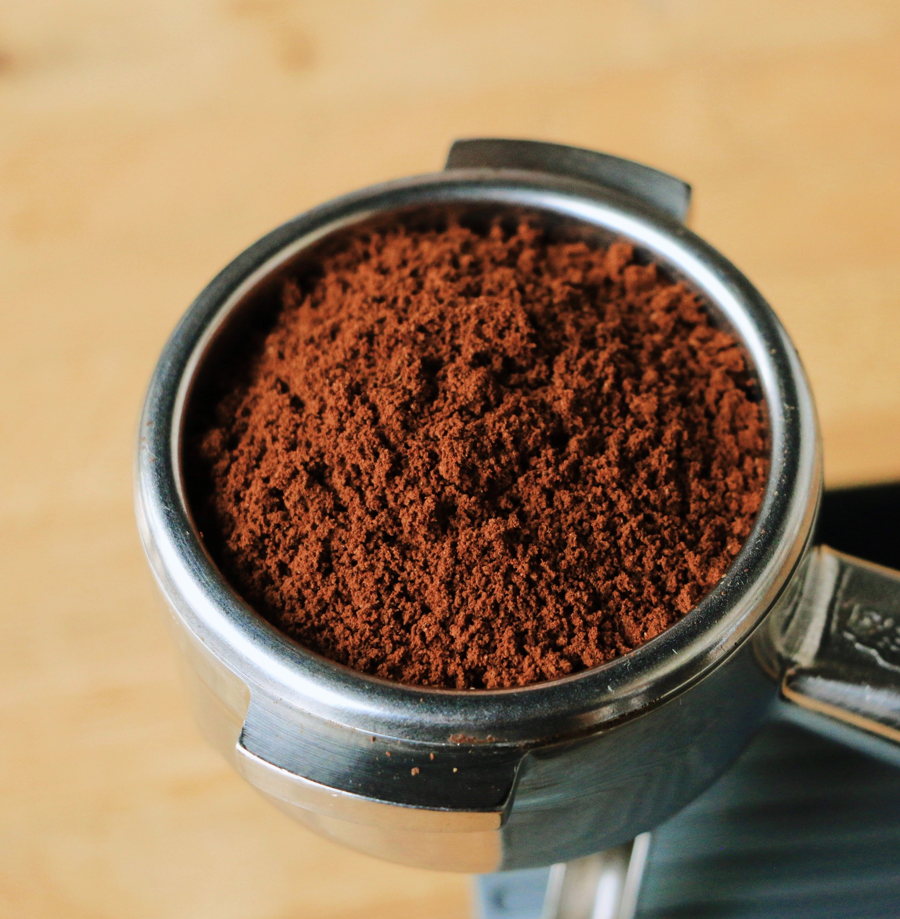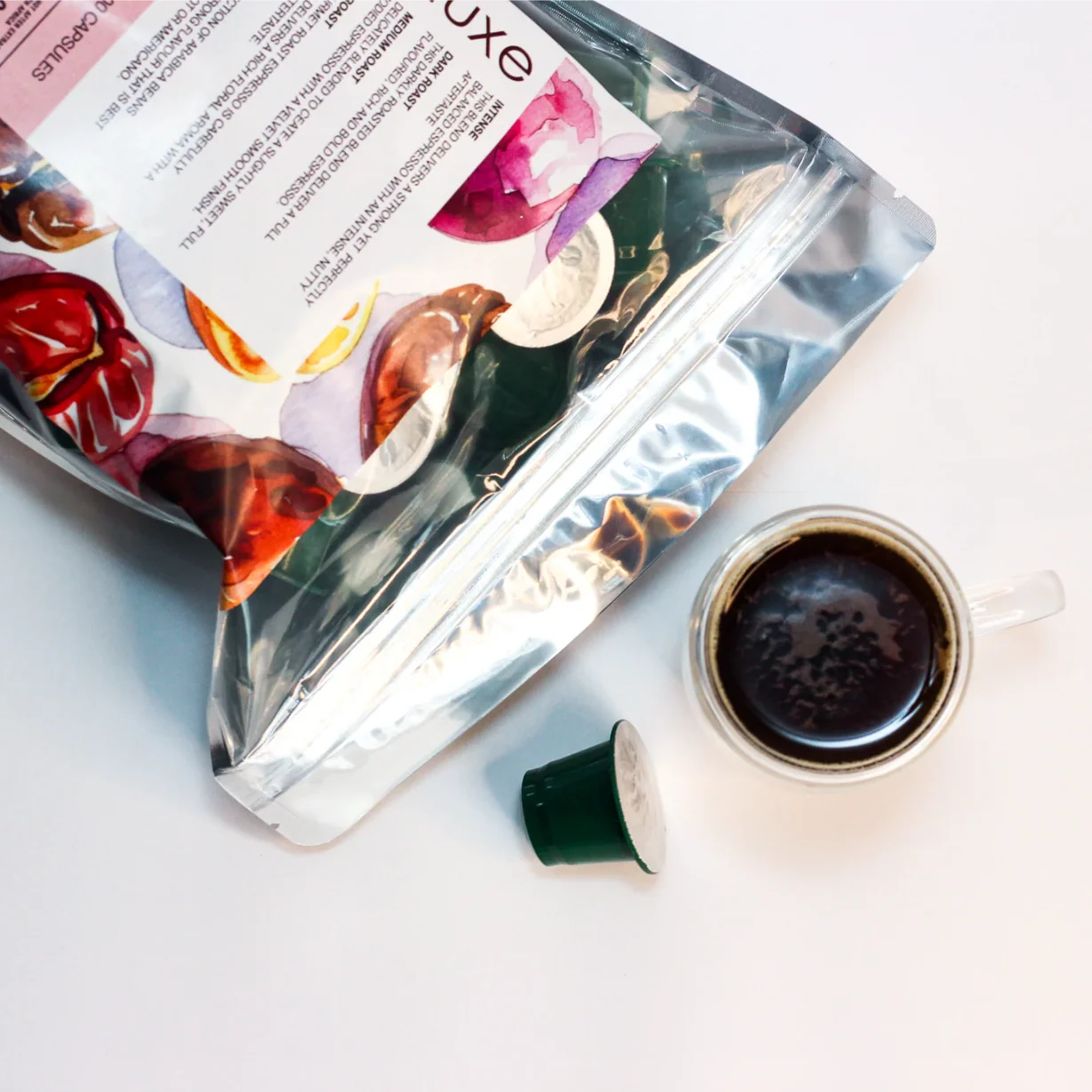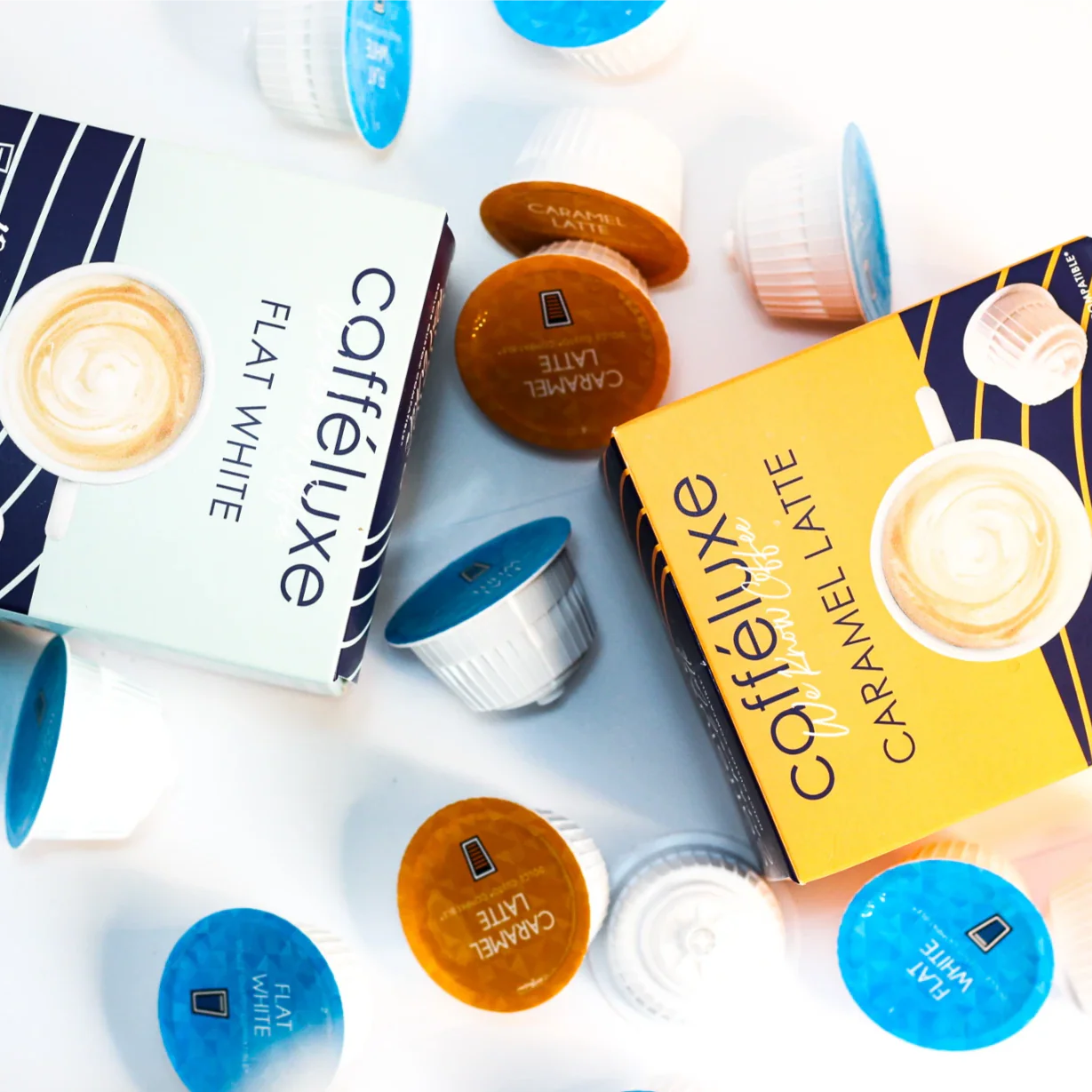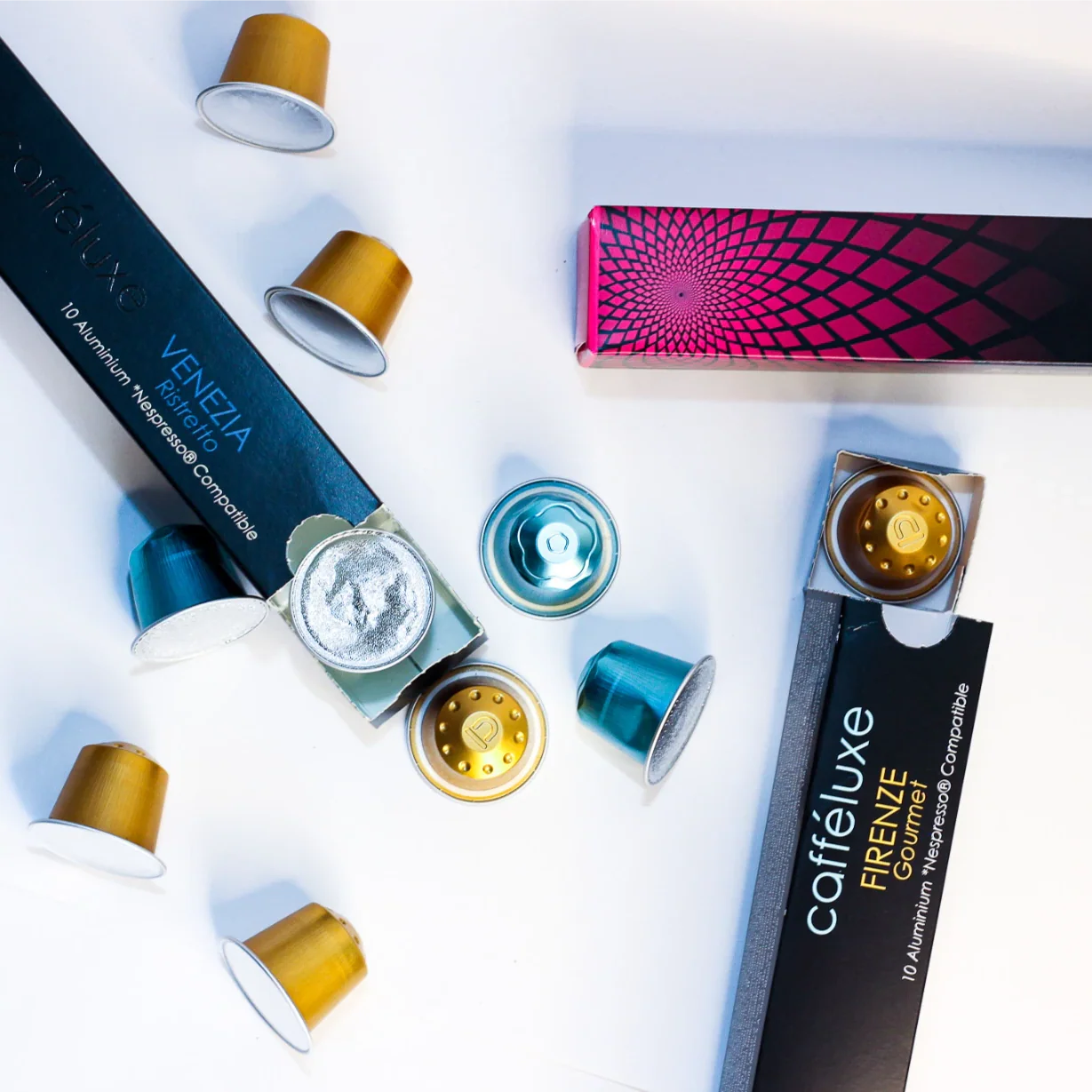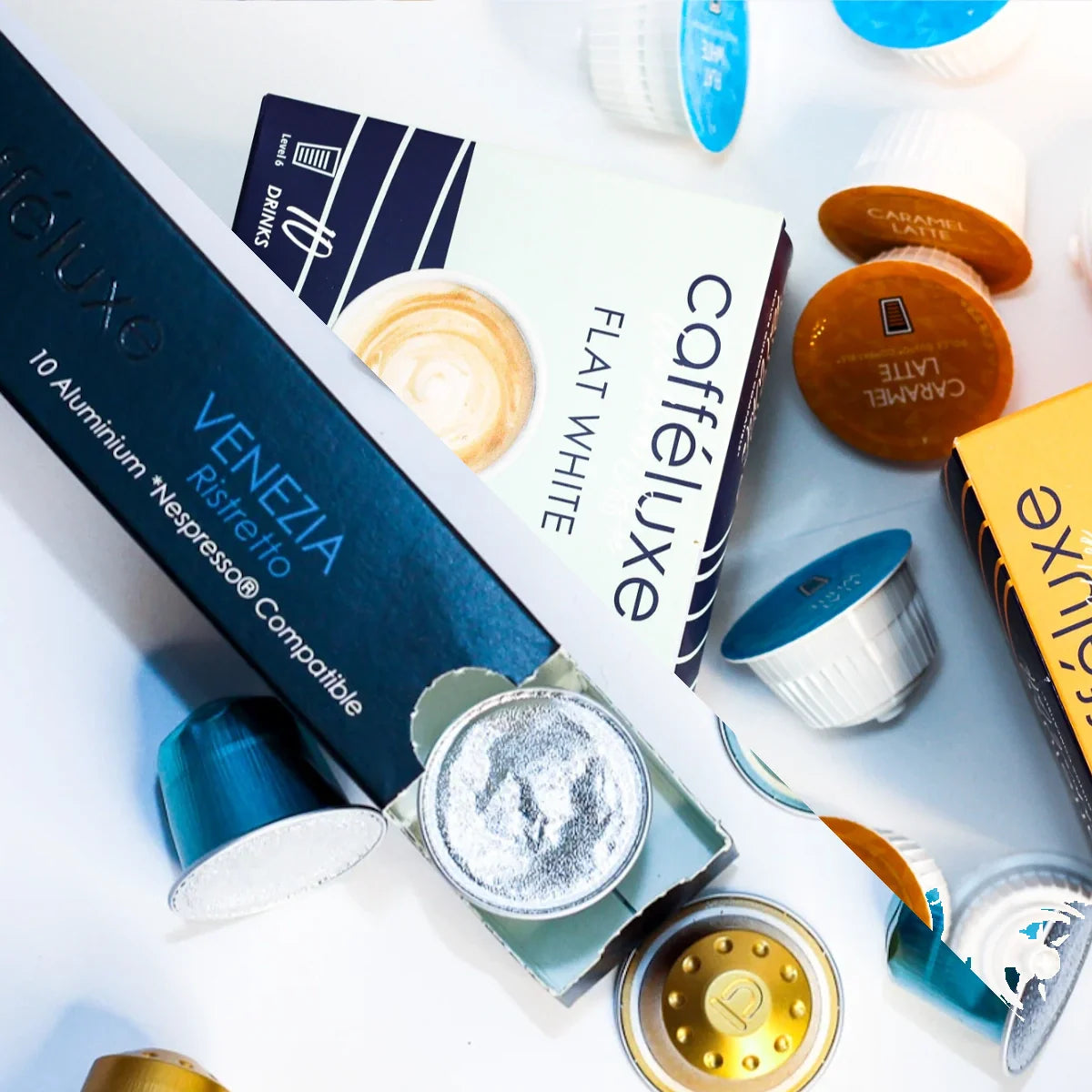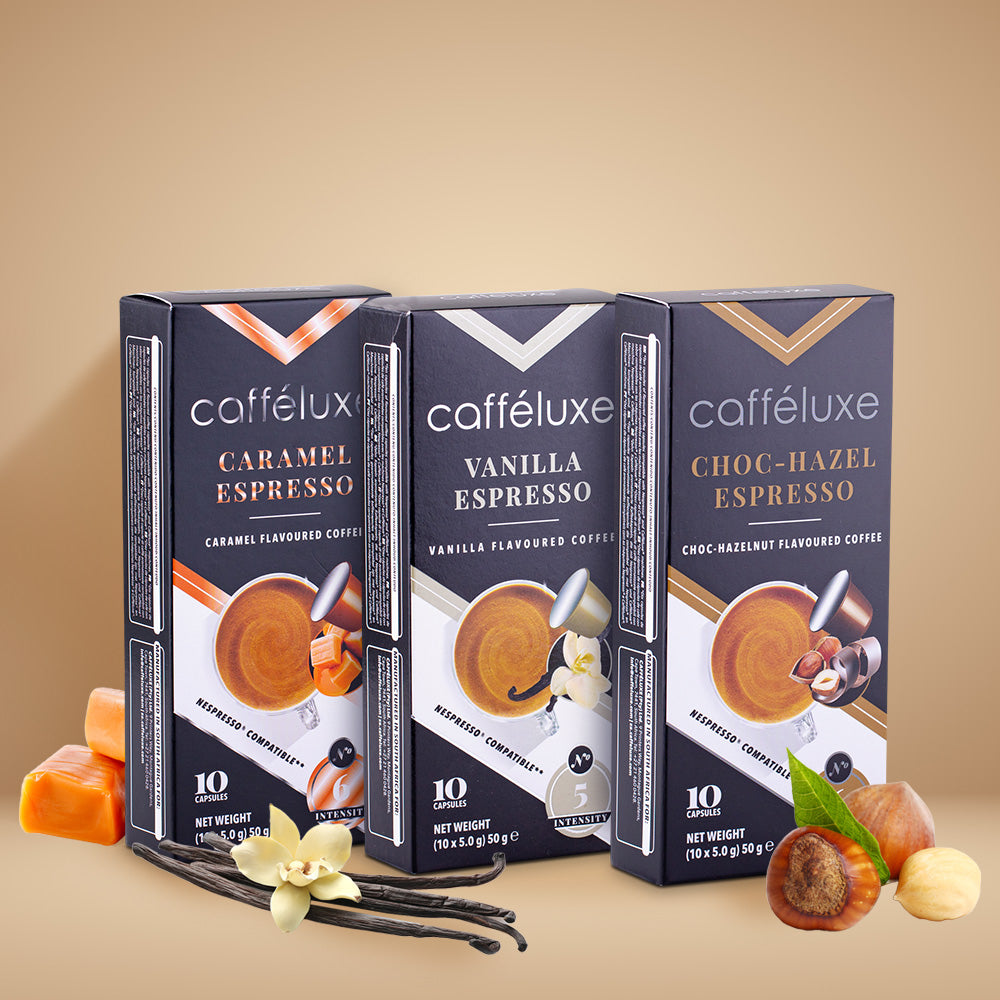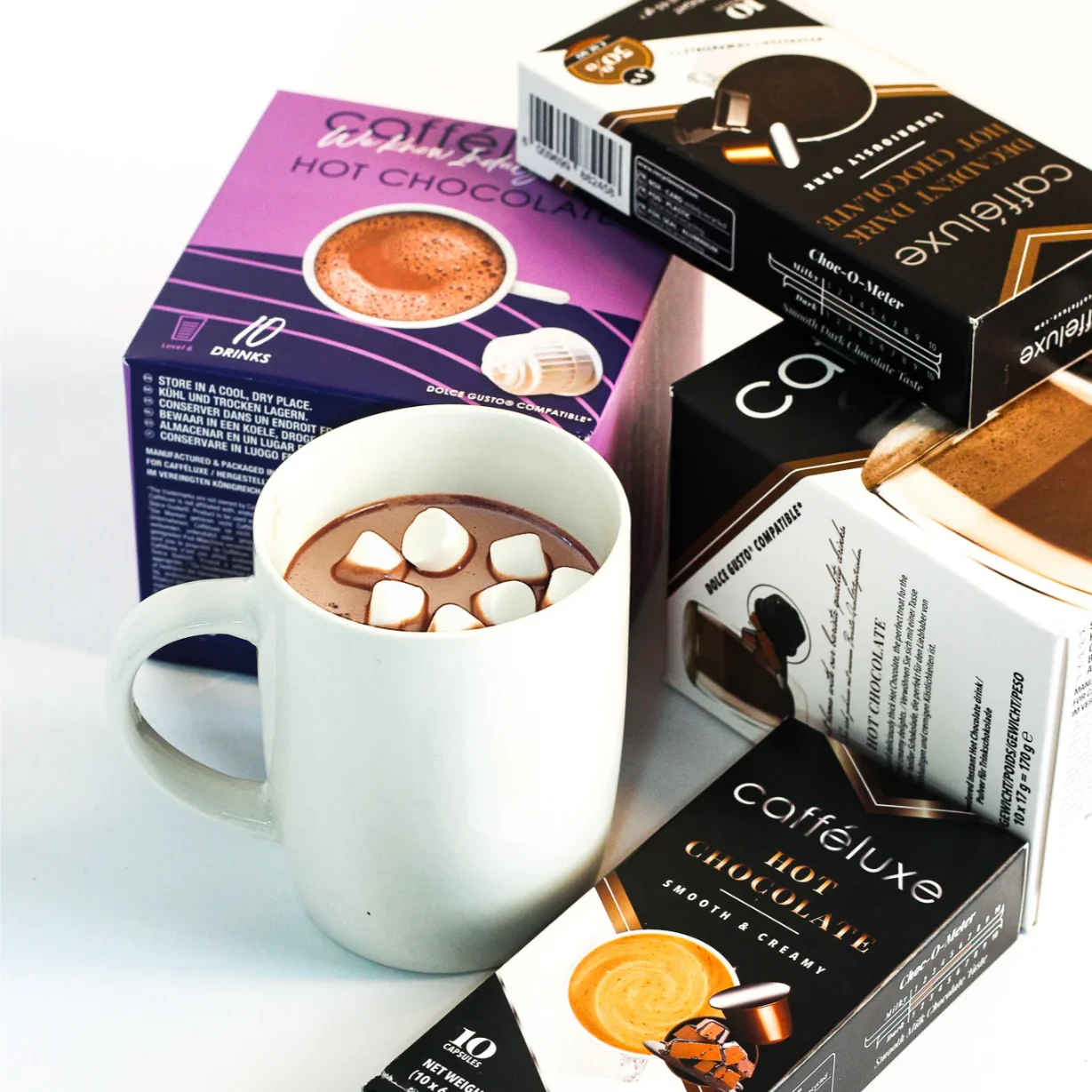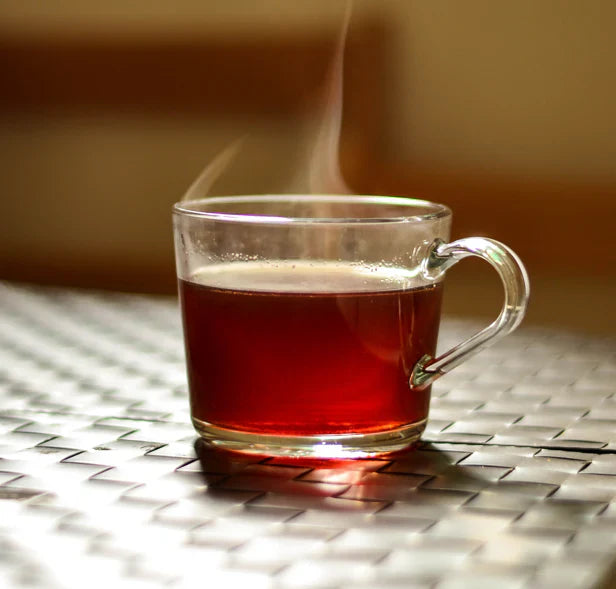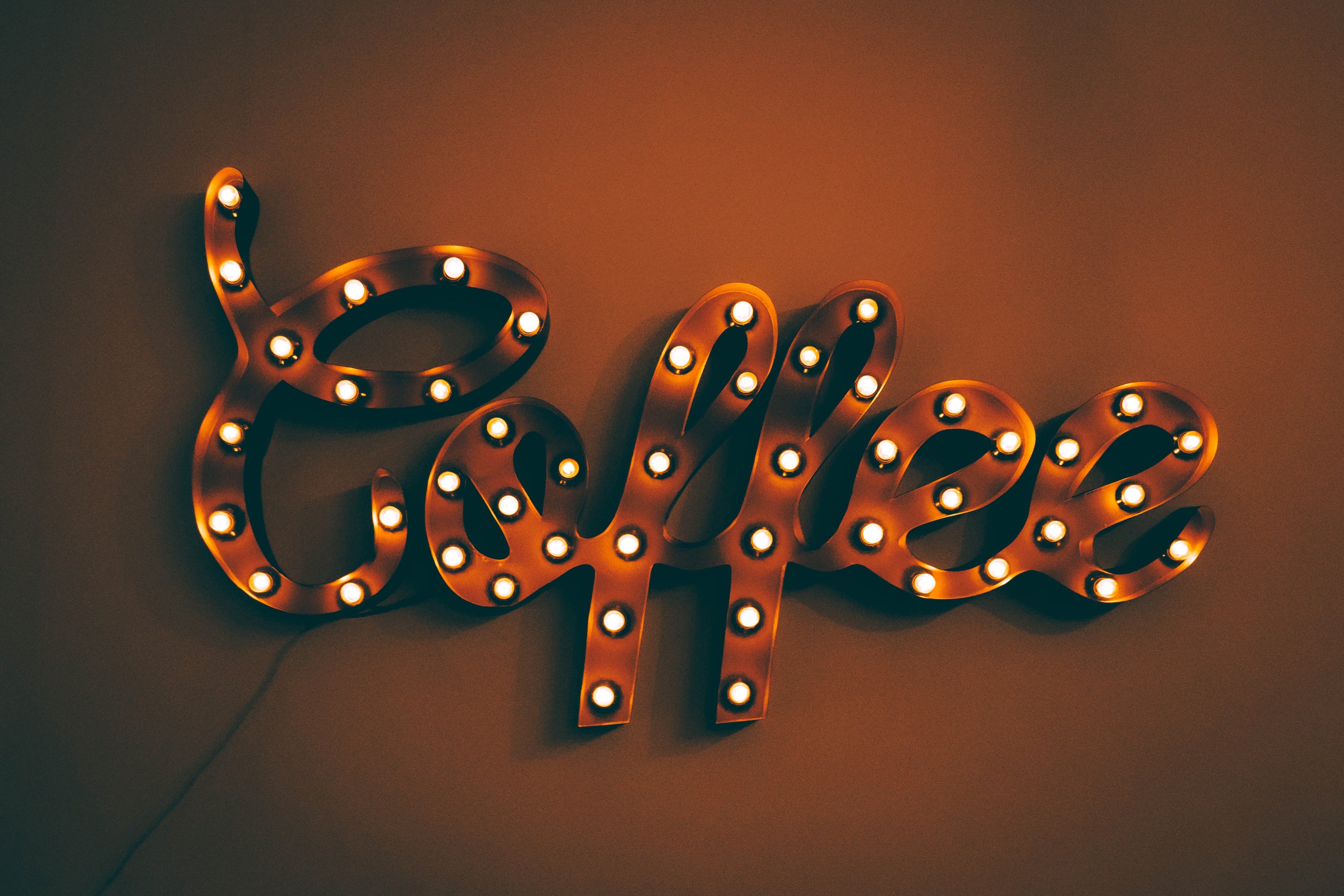
7 Mind-Bending Facts About Coffee
1. Coffee in numbers.
If you can’t imagine your life without coffee, you may probably want to put it first place in the ranking of top commodities.
It is not - but it is one of the most widely consumed beverages in the world. In 2018/2019, around 165.35 million 60 kilogram bags of coffee were consumed worldwide.
According to the Global Exchange, there are approximately 25 million farmers in over 50 countries involved in producing coffee.
The top coffee producing countries:
-
Brazil (2,595,000 metric tons per year)
-
Vietnam (1,650,000 m.t.)
-
Colombia (810,000 m.t.)
-
Indonesia (660,000 m.t.)
-
Ethiopia (384,000 m.t.)
The number one commodity? Oil.
2. Coffee is a psychoactive.
Coffee has the same psychoactive properties as schedule I substances and is the only legal drug.
The lethal dose of caffeine is roughly 100 cups of coffee. Which is a lot, so do not worry coffee is safe and has many health benefits.
It takes about 30 to 60 minutes for caffeine to reach its peak level in the blood.
The body typically eliminates half of the drug in three to five hours, and the remainder can linger for eight to 14 hours. That is why it is advisable to plan your coffee breaks or switch to alternatives, such as the Medspresso Rooibos tea or Hot Chocolate before bedtime.
3. Decaf isn’t the same as caffeine free.
Think switching to decaf in the afternoon means you aren’t getting any of the stimulant?
Not quite.
One Journal of Analytical Toxicology report looked at nine different types of decaffeinated coffee and determined that all but one contained caffeine.
The dose ranged from 8.6 mg to 13.9 mg.
So, yes, even brewed decaf has caffeine. To avoid it completely go for caffeine free.
“If someone drinks five to 10 cups of decaffeinated coffee, the dose of caffeine could easily reach the level present in a cup or two of caffeinated coffee,” study co-author Bruce Goldberger, Ph.D., a professor and director of UF’s William R. Maples Center for Forensic Medicine, said in a statement.
4. Energy drinks often don’t have more caffeine than coffee.
By definition, one might reasonably think that energy drinks would pack loads of caffeine. But many popular brands actually contain considerably less than an old-fashioned cup of black coffee.
An 8.4-ounce serving of Red Bull, for instance, has a relatively modest 76 to 80 mg of caffeine, compared to the 95 to 200 mg in a typical cup of coffee, the Mayo Clinic reports. What many energy drink brands frequently do have, though, is tons of sugar and hard-to-pronounce ingredients.
Coffee is natural and has little to no additives or preservatives depending on the brand. Coffee also contains healthy nutrients such as vitamins B2 and B5, potassium, niacin, and magnesium.
5. Dark roast coffees actually have less caffeine than lighter roasts.
Not all coffee is created equal. In regards to both taste, profile and caffeine.
A strong, rich flavor might seem to indicate an extra dose of caffeine, but the truth is that light roasts actually pack more of a jolt than dark roasts. The process of roasting burns off caffeine, meaning those looking for a less intense buzz might want to opt for the dark roast at the coffee shop.
6. One cup of black coffee only has one calorie.
According to the United States Department of Agriculture (USDA), one cup of regular black coffee brewed from ground beans contains 2 calories. Whereas, 1 fluid ounce of rich black espresso contains only 1 calorie. If you brew your coffee from decaffeinated beans, the calorie count reduces to zero.
Adding sweeteners, cream, and other mix-ins can quickly jack up the total. A venti Java Chip Frappuccino from Starbucks contains 88 grams of sugar and 600 calories — more than a McDonald's Big Mac!
7. There have been five attempts to ban coffee throughout history.
Can you believe it?
Coffee was first banned in Mecca in 1511 because leaders believed it stimulated radical thinking. And, 16th century Italian clergymen tried to ban coffee because they believed it to be “satanic.” However, Pope Clement VII loved coffee so much that he lifted the ban and had coffee baptized in 1600. But Ottoman leader Murad IV took it even further when he ascended the throne in 1623 by creating the first punishments for drinking coffee, which included beatings and being thrown into the sea.
In 1746, the Swedish government made it illegal to even have coffee paraphenalia, including cups and dishes. And finally, in 1777, Frederick the Great of Prussia issued a manifesto declaring beer’s superiority over coffee because he believed it interfered with the country’s beer consumption.
For further information, don’t hesitate to reach out to Dr Anna, Chief Medical Officer of MJ Medtech, Inc. at dranna@mjmedtech.com
